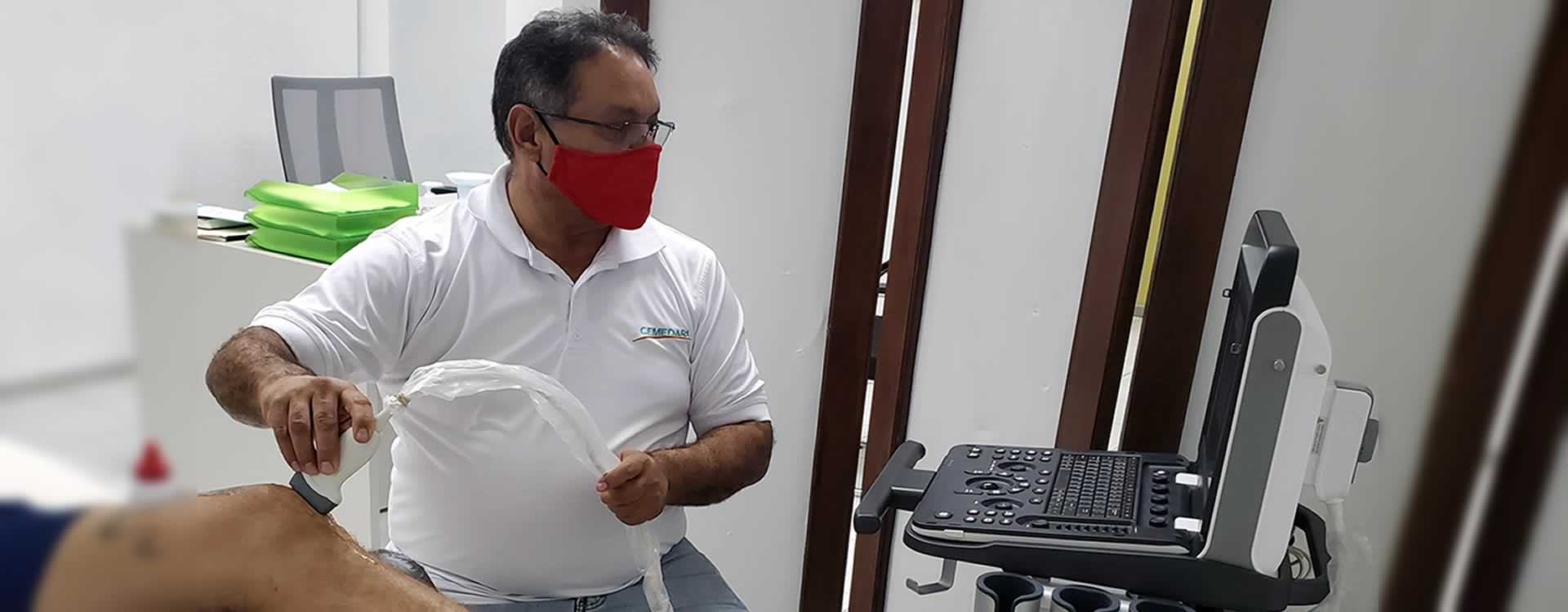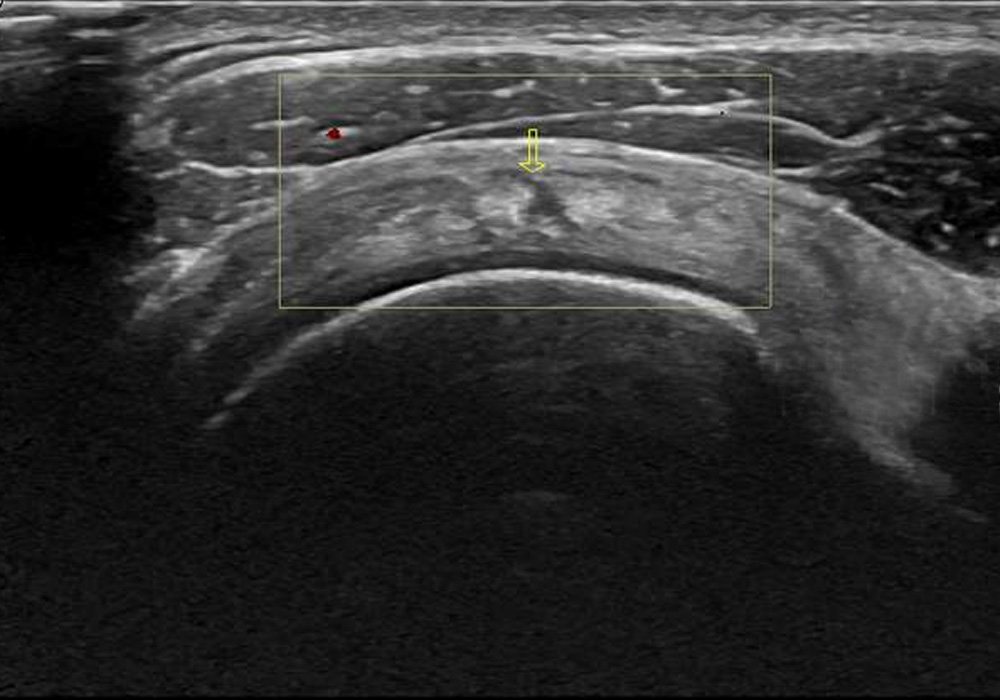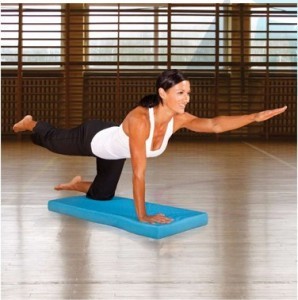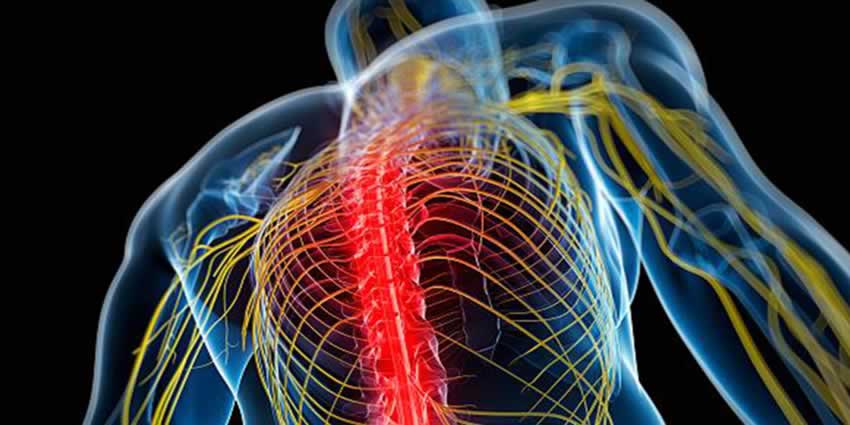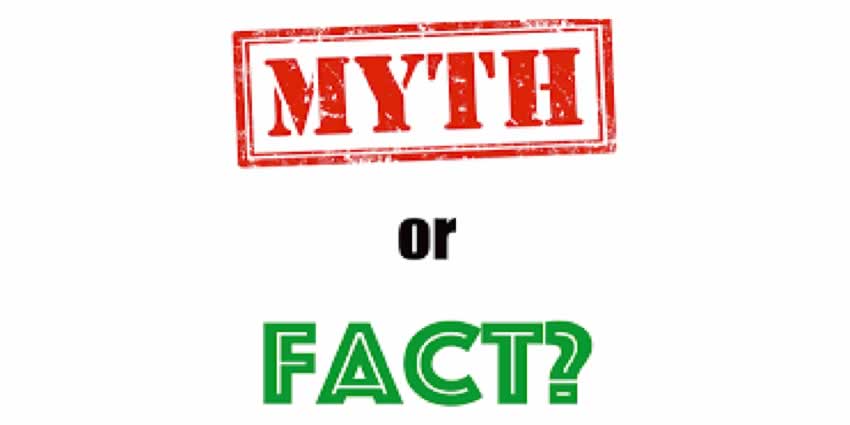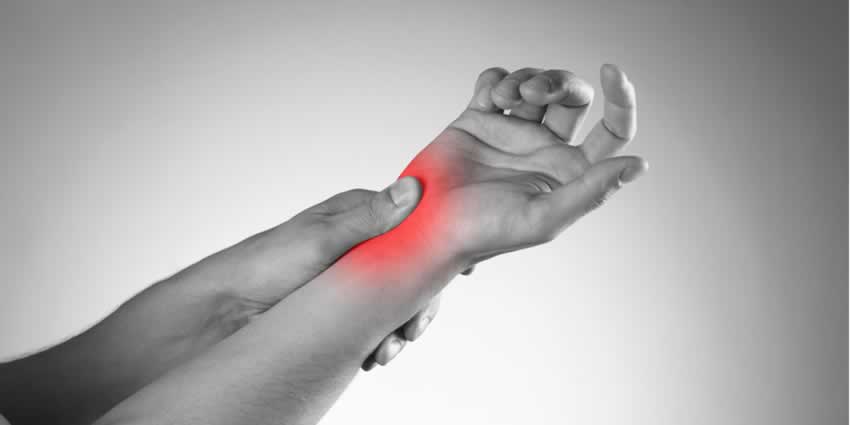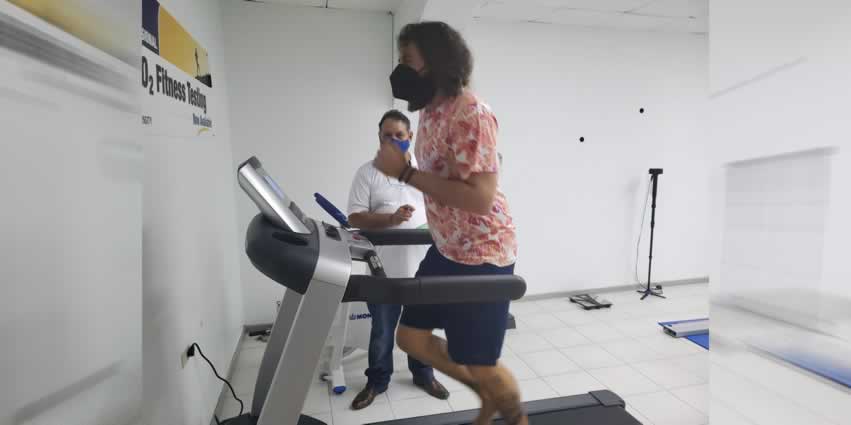Rotator Cuff Injury
The rotator cuff is a group of muscles and tendons that surrounds the shoulder joint and holds the head of the humerus firmly in the shallow socket of the shoulder joint. A rotator cuff injury can cause a dull ache in the shoulder that gets worse at night.
Rotator cuff injuries are common and increase with age. However, they may occur earlier in people whose jobs require repeated overhead movements.

Causes
Most often, rotator cuff injuries are caused by the progressive wear and tear of the tendon tissue that occurs over time. Repetitive overhead activity or lifting heavy objects for a prolonged period of time can irritate or damage the tendon. The rotator cuff can also be injured in a particular incident during falls or accidents.

Risk Factors
The following factors may increase your risk of having a rotator cuff injury:
- Age. The risk of rotator cuff injury increases with age. Rotator cuff tears are most common in people over 60 years of age.
- Some works. Jobs that require repetitive overhead arm movements, such as carpentry or house painting, can damage the rotator cuff over time.
- Certain sports. Some types of rotator cuff injuries are more common in people who participate in sports such as baseball, tennis, and weightlifting.
- Family history. There may be a genetic component to rotator cuff injuries, as these injuries tend to occur more frequently in certain families.

Treatment
Conservative treatments, such as rest, ice and physical therapy, are sometimes all that is needed to recover from a rotator cuff injury. Today, therapies such as shock waves are highly effective in resolving the injury, and invasive therapies such as percutaneous electrolysis are also therapeutic alternatives before surgery is required.
Therapy
Physical therapy is often one of the first treatments recommended. Exercises that target the specific location of the rotator cuff injury can help restore flexibility and strengthen the shoulder. Physical therapy is also an important part of the recovery process following rotator cuff surgery.


 Bankart lesion
Bankart lesion

